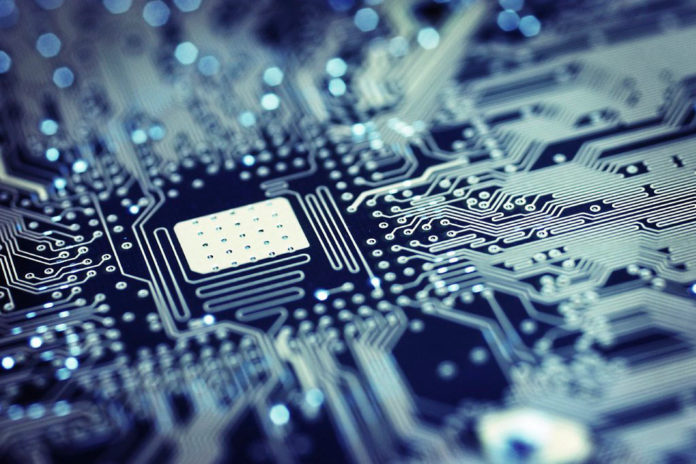
Technology is now at the very early phases of several powerful trends – Artificial Intelligence (AI), 5G networks, the Internet-of-things (IoT) and autonomous transportation. Very seldom in recent history have such a large number of new technologies been ramping up at the same time. Benefits are likely to impact the pressing challenges faced by the global community, including resource conservation, pollution, aging populations that are increasing healthcare costs, reductions in working-age populations in almost all first-world countries and many developing countries, including China. The underlying technologies are largely semiconductor-based systems.
5G networks offer higher speeds and less latency (delay). Transition to 5G has begun in China and other Asian countries. Very initial installs in U.S. have begun. This transition will require new infrastructure (towers, nodes, repeaters) as well as new smartphones.
As 5G is more widely deployed, the technology will usher in lucrative new service opportunities for mobile network operators. However, 5G’s greater impact will be changing mobile into a robust and pervasive platform that fosters the emergence of new business models and transforms industries and economies around the globe.
Innovations enabled by 5G, including augmented reality, mission-critical services, fixed wireless access and the massive Internet of Things will drive this increase in economic activity. All these developments will require billions of dollars’ worth of semiconductors to implement.
The accelerating trends toward all-electric vehicles and autonomous or assisted driving will continue worldwide. Several governments, including China and India, have committed to a 100% conversion to all-electric vehicles in the next 10 to 20 years, and almost all major automobile makers have announced massive investments in new factories to produce all-electric vehicles. Safety enhancements in automobiles will continue to drive improvements in various types of cameras and sensors, and the high-speed data processing required to meet the requirements of full autonomous driving.
Advances in medical diagnostic tools and micro-scale implements and precise drug-delivery devices will continue to enhance healthcare and expand coverage into under-served communities. The application of new sensors and high-speed remote communications, as well as new AI software, will provide more potential to detect and treat disease very early.
The continuation of high-speed computing improvements as well as the further expansion of cloud-based computing, will continue to generate new business models which are able to take advantage of these technologies. In smart buildings, factories, cities and transportation; the expansion of IoT applications has the potential to improve efficiencies in resource usage, point-of-use decision making and almost immediate recognition of abnormal conditions.
Practical and useful applications of VR/AR (Virtual Reality/Augmented Reality) will start to appear in markets outside the consumer entertainment market. For example, training in industrial jobs can be enhanced with VR/AR. Experts can assist in training or troubleshooting from remote locations. The current applications in home system controls are just a very small example of what can be accomplished in larger buildings and city-scale infrastructure.
Unmanned systems have emerged within the last decade and the use of unmanned systems technology continues to evolve and grow. When people think of unmanned systems, they typically think of “drones” and small flying quad-copters, however, the world of “unmanned” systems is far more broad, including air-, ground- and water-based platforms. Southwest Washington and the Columbia River Gorge are home to some of the most advanced unmanned systems companies in the world, including developers of aerial vehicles for use in military & industrial use, vision systems for air/ground/water vehicles, auto-pilots and transponders. As regulations become more solidified, the use of unmanned aerial vehicles will continue to grow, with new use in energy management, geo-mapping and search & rescue. Water-based unmanned systems will grow from applications in science, energy and security.
In 2020, we see the world and industry megatrends in semiconductor technology continuing and having impact towards electrification of vehicles, autonomous driving, renewable energy and energy efficiency, 5G communications, preventative healthcare, and industry 4.0. These technologies are driven by continuing advances in semiconductor fabrication technology and design improvements. Advanced semiconductors are now produced at the 7nm design rule, which is equivalent to approximately 15 atoms. New semiconductor packaging technology allows the combination of many different customized chips to be combined into one very small system, or those varied functions can be integrated onto one chip.
Ben Bagherpour is chair of the Southwest Washington High Technology Council and is VP of Site Services and Government Affairs for SEH America. He can be reached at ben_bagherpour@sehamerica.com.






